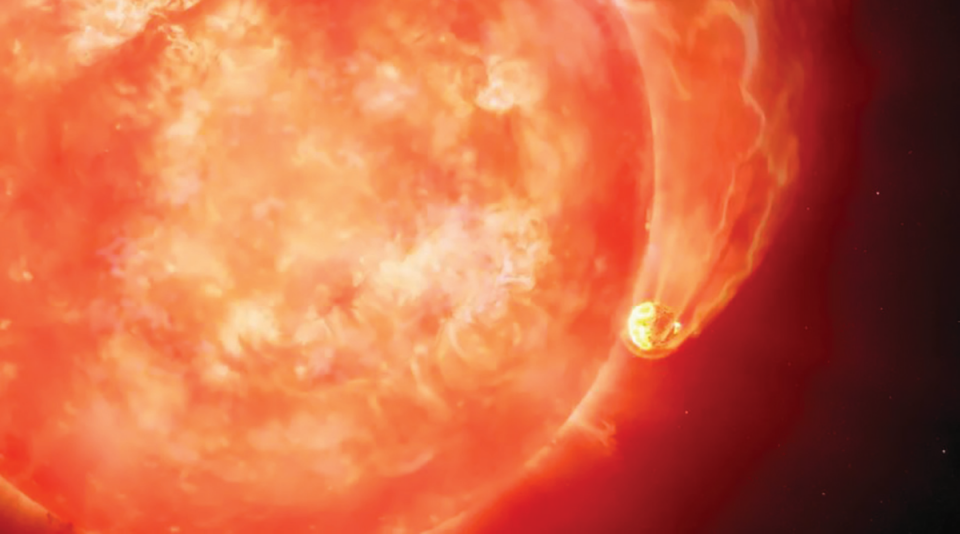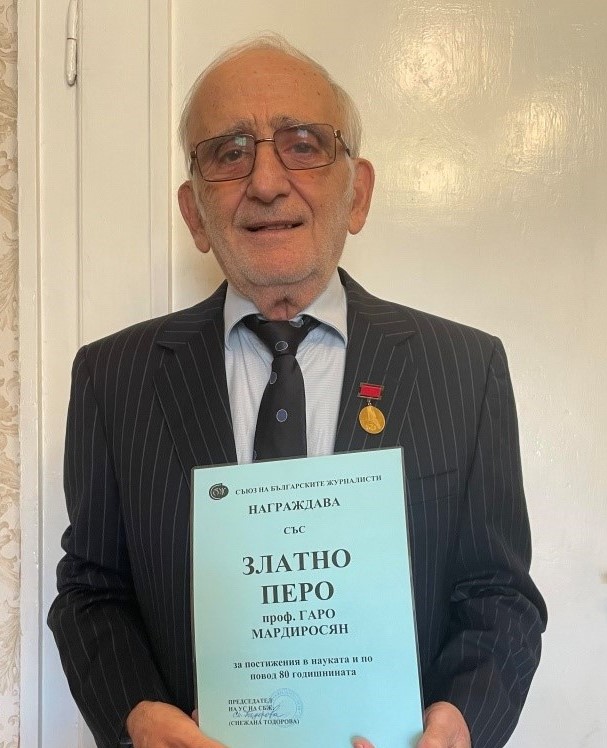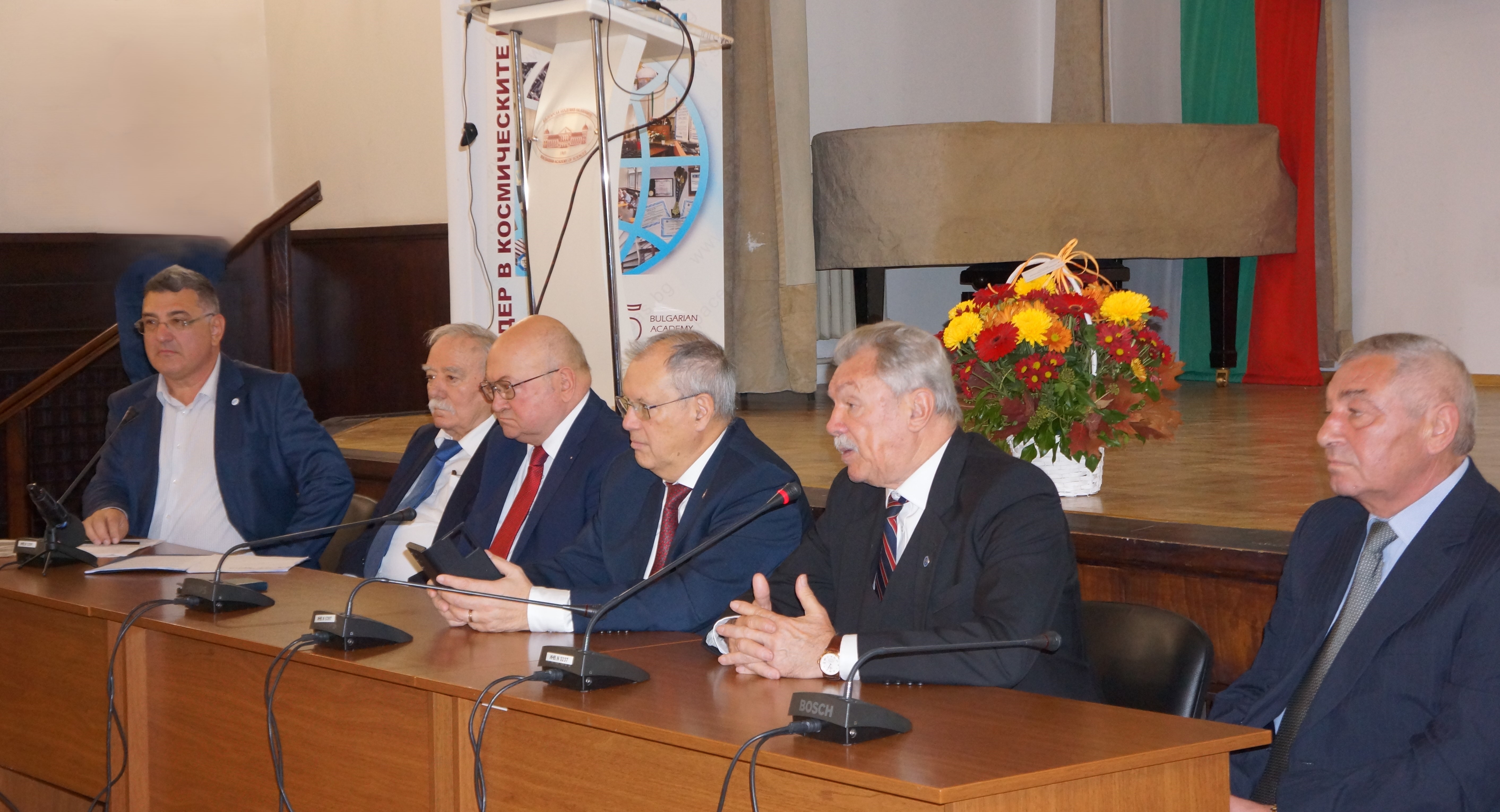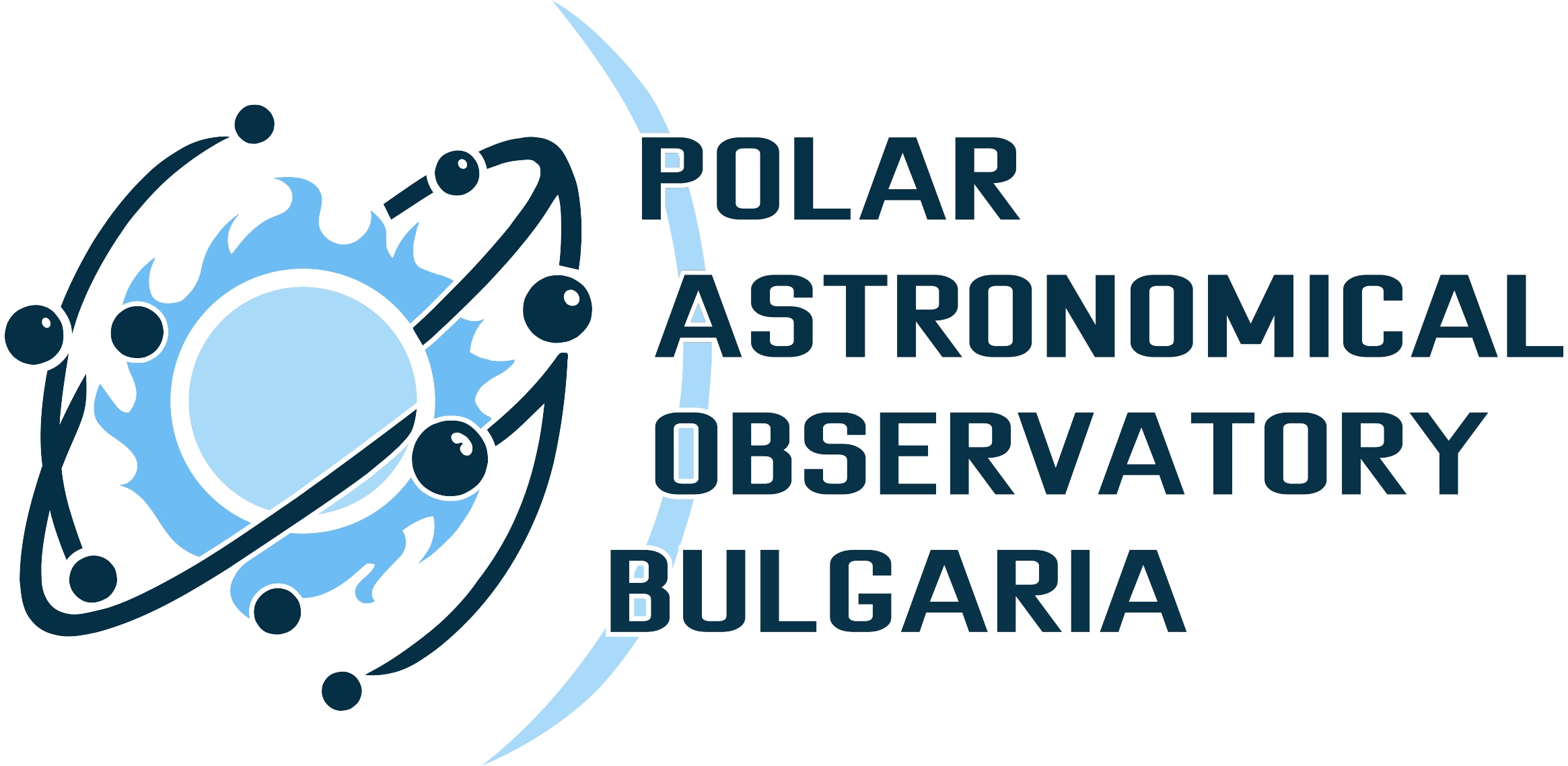The construction of the tower for the new 1.5-meter telescope at the National Astronomical Observatory in Rozhen at the Institute of Astronomy of BAS has been completed. The 6-meter dome has been installed and the finishing works on the internal insulation of the tower are currently being carried out, as well as the installation of the power supply and the fiber-optic internet cable. Due to the onset of winter in the Rhodope Mountains and the snow cover that has formed in the area, the installation of the telescope itself will be postponed until spring 2023.
During the last months, activities on the preparation of the telescope site have been carried out at NAO Rozhen. At the end of 2021, the geological survey and geodetic measurement of the site chosen for the telescope was carried out. Following the preparation of an architectural and structural design of the telescope tower and the provision of construction supervision on the site, the design was coordinated with the electricity transmission company EVN and with the District Environmental Inspectorate in Smolyan, and the Chepelare Municipality issued the necessary permit for the construction.
The concrete foundation for the tower and the telescope was completed in the spring and summer of 2022. In October, installation of the tower itself began by specialists from the Italian company Gambato S.a.s., which is responsible for this work as a subcontractor to the Austrian company ASA Astrosysteme GmbH, the manufacturer of the new observatory. It is funded under the National Roadmap for Science Infrastructure 2020-2027 which is coordinated by the Ministry of Education and Science.
The telescope, which is expected to be operational in the spring of 2023, is fully robotic and remotely controlled and will carry out set astronomical observation programmes without human intervention. The main task of NAO Rozhen’s newest acquisition will be observations of rapidly changing objects, participation in international campaigns to investigate the sources of gamma-ray bursts, observations of novae and supernovae, rapidly changing stellar objects, quasars and cores of active galaxies. The traditional Bulgarian astronomy research on astronomical objects such as: cataclysmic and symbiotic stars, compact objects, stars in formation, stars with accretion from circumstellar disks, stellar winds and collimated matter jets will be continued.






